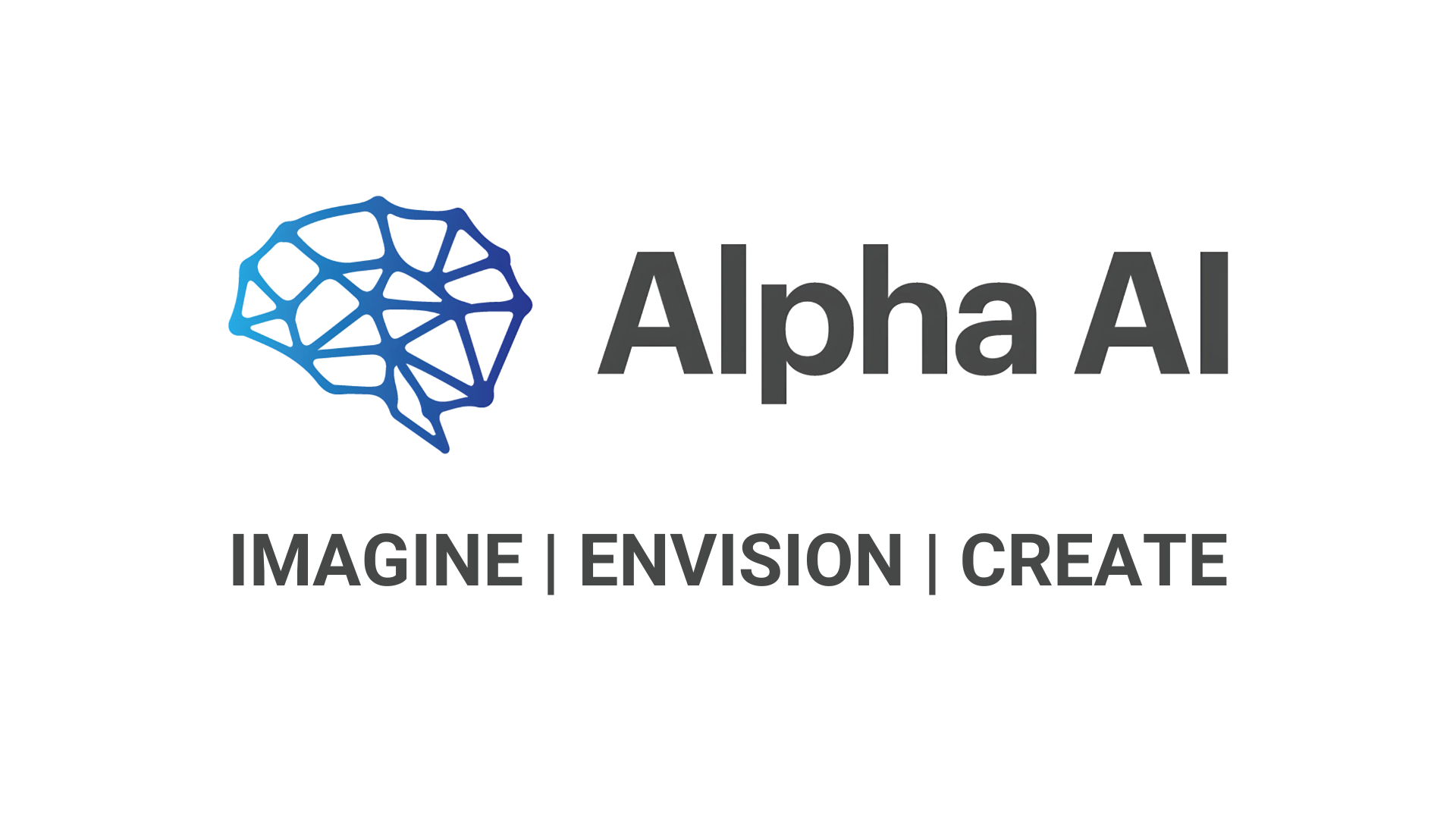
Website - https://www.alphaai.biz
Model Name: Medical-Guide-COT-llama3.2-1B
Developed by: Alpha AI
License: apache-2.0
Finetuned from model: meta-llama/Llama-3.2-1B-Instruct
Formats available: Float16 (safetensors + GGUF-f16), GGUF quantized (q4_k_m, q5_k_m, q8_0)
Overview
Medical-Guide-COT-llama3.2-1B is a lightweight yet powerful medical reasoning model designed to produce explicit Chain of Thought (CoT) reasoning with <think>...</think> tags for transparency and clarity. Built for interpretability and performance, this model excels in structured medical question answering.
- Finetuning Objective: Supervised fine-tuning (SFT) on medical QA datasets with enforced reasoning chains.
- Instruction format: Adheres to Llama 3.2 Instruct prompting standards.
- Deployment flexibility: Offers multiple GGUF quantized variants for local, edge, or efficient inference environments.
Training Data
Public sources: PubMedQA, MedMCQA, USMLE-type questions (filtered)
Proprietary augmentation: Alpha AI's curated "Clinical-Cases-CoT" dataset with physician-authored reasoning chains
Sample size: 42,000 examples (approx. 60% public / 40% private)
Token structure:
<think> Step-by-step clinical reasoning... </think> Final answer.
Model Specifications
| Attribute | Value |
|---|---|
| Base Model | meta-llama/Llama-3.2-1B-Instruct |
| Model Type | Causal Language Model |
| Finetuned By | Alpha AI |
| Precision | Float16, GGUF q4_k_m / q5_k_m / q8_0 |
| Context Length | 8,192 tokens |
| Language | English |
Intended Use
- Medical Education: Transparent QA for students (USMLE/PLAB prep)
- Prototype Decision Support: Clear reasoning steps before answers
- Research on COT Safety: Evaluation of model interpretability and hallucination control
Example Usage
from transformers import AutoModelForCausalLM, AutoTokenizer
model_id = "alpha-ai/Medical-Guide-COT-llama3.2-1B"
model = AutoModelForCausalLM.from_pretrained(model_id, trust_remote_code=True)
tokenizer = AutoTokenizer.from_pretrained(model_id)
prompt = """### Question:
A 65-year-old male presents with sudden chest pain radiating to the back. Most likely diagnosis?
### Answer:
"""
inputs = tokenizer(prompt, return_tensors="pt")
outputs = model.generate(**inputs, max_new_tokens=512, temperature=0.7, top_p=0.9)
print(tokenizer.decode(outputs[0], skip_special_tokens=True))
Expected Output Format:
<think>
Sudden tearing chest pain suggests aortic dissection.
Hypertension is a key risk factor. Location of pain supports Stanford Type A.
</think>
Acute aortic dissection (Stanford Type A)
Limitations & Usage Warnings
- Not a clinical diagnostic tool. Use only for research or educational purposes.
- Bias & Hallucination Risk. Outputs must be validated by qualified professionals.
- Sensitive Content. Model not trained on PHI but care should be taken with input prompts.
License
Distributed under the Apache-2.0 license.
Acknowledgments
Thanks to Meta AI for Llama-3.2, the creators of open medical QA datasets, and the Alpha AI medical advisory board for domain alignment and data verification.
Website: https://www.alphaai.biz
- Downloads last month
- 14
Model tree for alpha-ai/Medical-Guide-COT-llama3.2-1B
Base model
meta-llama/Llama-3.2-1B-Instruct